
|
||
 Broadbill |
Mountain Birding at its Best Whether you're a casual birder or a birding expert, you will be impressed at the variety and abundance of bird species found in Southeastern Arizona. Known for its uniqueness and diversity of biota, more than one half of all birds found in North America (500 or more species) are drawn to Cochise County and the Chiricauhua Mountains, either to nest or visit as they travel along the migratory flyway. During a short journey up or down the Chiricauhuas, which reach nearly 9,800 feet in elevation, you will encounter five of the six major Life Zones found on the continent. The biogeographical convergence of distinct desert and mountain biota offers birders the opportunity to encounter rare species seldom seen in other parts of the United States. Cave Creek Canyon is world-renowned for its spectacular scenery and excellent birding and is home to the famous South Fork Zoological and Botanical Area. A trip into the canyon will often yield sightings of Elegant Trogons, Mexican Chickadees, Red-faced Warblers, Olive Warblers, and Red Crossbills. The Chiricauhua Mountains are famed for their beautiful landforms and for the many habitats accessible by a road system running from low desert to fir forest at 9000 feet. Mexican Chickadee is a species seen rarely in other areas. This is the best area for such mountain birds as Olive Warbler, Red-faced Warblers, Olive Warblers, and Red Crossbills. The Elegant Trogon, whose population in Cave Creek Canyon is the largest in the United States, is often seen. In recent years, a pair of Short-tailed Hawks has bred in the high Chiricauhuas. Not unexpectedly, hummingbirds are a main attraction, and interestingly the mix here, especially in late summer, and often includes early fall migrant Calliope and even Lucifer. Because the Portal area is in the Chihuahuan rather than Sonoran Desert, there are some important geographic changes in species diversity. In particular the Curve-billed Thrashers will look and especially sound different from others seen to the west of the Chihuahuan desert (such as Palmeri). Night birds are also found here. The Common Poorwill is not uncommon just north of Portal, and to the west in the canyon is found owls. In nearby Wilcox, there are ponds where migrant shorebirds are found, including Baird's Sandpiper and Wilson's Phalarope. A short journey over the mountain to the Chiricauhua National Monument will reward birders with glimpses of Golden Eagles and other Short-Tailed Hawks soaring high above the rocky spires. Hepatic Tanagers, Juniper and Bridled Titmice, Grace's Warblers, and Strickland's Woodpeckers can be seen perched in the forest of the canyon bottom. Arizona Sky Village offers residents a comfortable "home-base" from which to mount birding expeditions into the Chiricauhuas. Here, residents can form lasting relationships with other birders who share the enthusiasm of birding. The Arizona Sky Village hopes to house a professionally designed birding station. The Community Birding Station will provide residents an opportunity to gather and share birding knowledge while observing a wide variety of the area's feathered friends. Back Home |
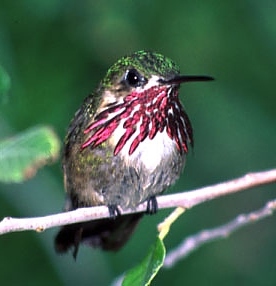 Calliope |
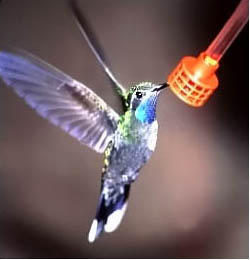 Bluethroat |
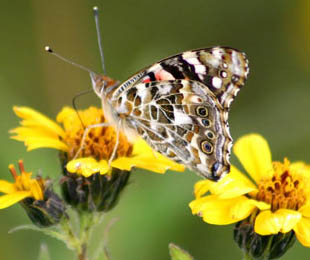 The Painted Lady, Vanessa Cardui |
|
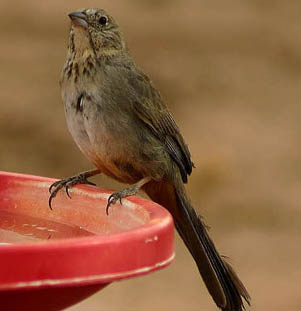 Canyon Towhee |
 Elegant Trogons |
|
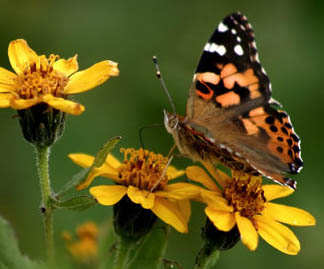 The Painted Lady, Vanessa Cardui |
 Roadrunner in front of the house |
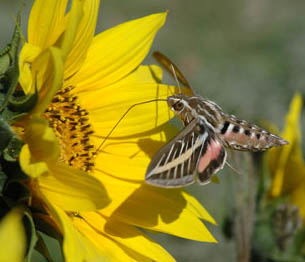 Sphinx Moth |
House Rental • Contact Us • Scenery • Star Gazing • Birding • About Portal, AZ